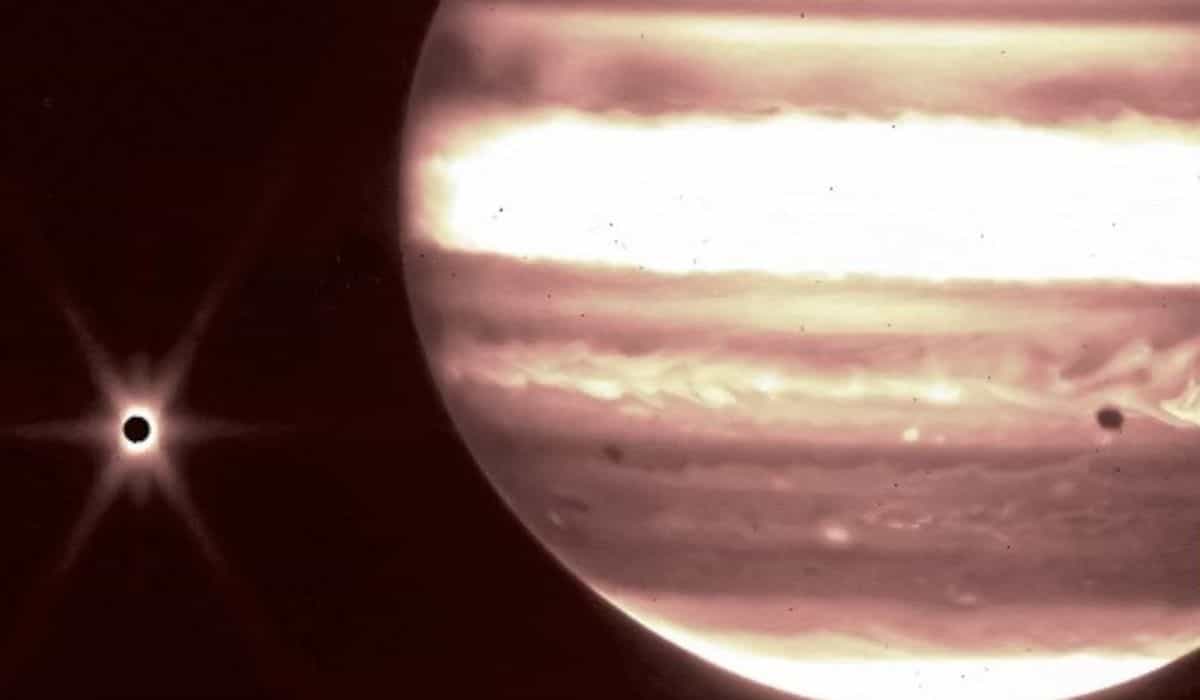
The James Webb Space Telescope has made a significant discovery by identifying carbon dioxide on the frozen surface of Jupiter’s moon, Europa, which is considered one of the few places in our Solar System where the possibility of harboring life exists.
+Apple Introduces New Security Feature in iPhone 15 Boxes
+YouTube Launches Video Editing App to Compete with TikTok
The carbon detected on the surface of Europa likely originated from the underground liquid water ocean. It was also observed that carbon dioxide is more abundant in an area called Tara Regio, where there is evidence of material exchange between the ocean and the moon’s crust.
This discovery is important because carbon is an essential element for life. According to Geronimo Villanueva, the lead author of one of the articles from NASA’s Goddard Space Flight Center, “On Earth, life thrives on chemical diversity, and the more diversity, the better. We are a carbon-based life form. Understanding the chemistry of Europa’s ocean will help us determine whether it is hostile to life as we know it or if it could be a suitable environment for life.”
NASA plans to launch the Europa Clipper spacecraft for a series of close flybys of Europa to further investigate whether it could have suitable conditions for life in October 2024.
The 3 compositional maps here are derived from Webb’s NIRSpec instrument data. The white pixels represent carbon dioxide ice. The maps look pixelated as Europa is only 10×10 pixels across the field of view, but they offer amazing details—a full NIRSpec spectrum in each pixel! pic.twitter.com/XzJN8Byjx0
— NASA Webb Telescope (@NASAWebb) September 21, 2023

